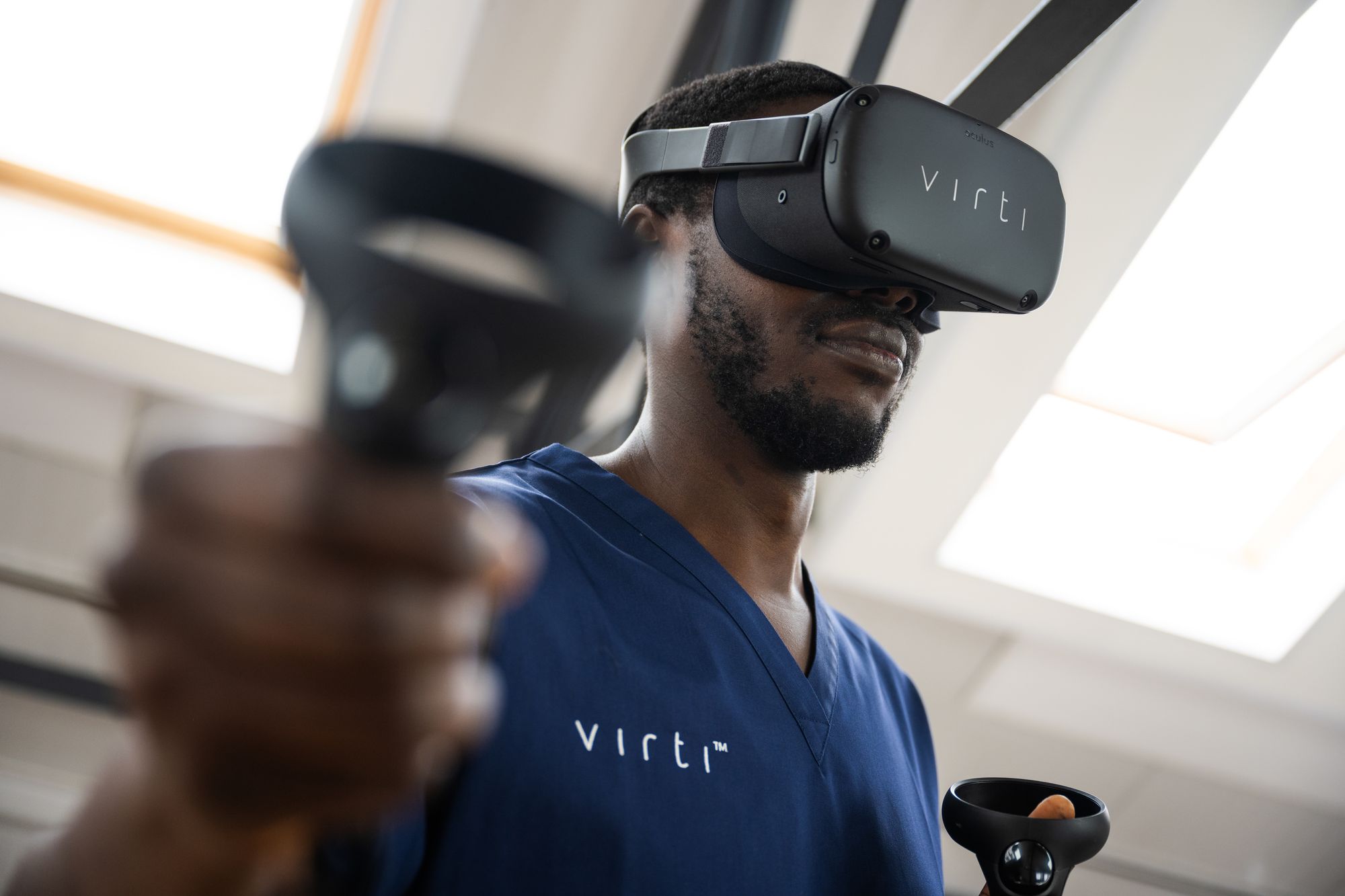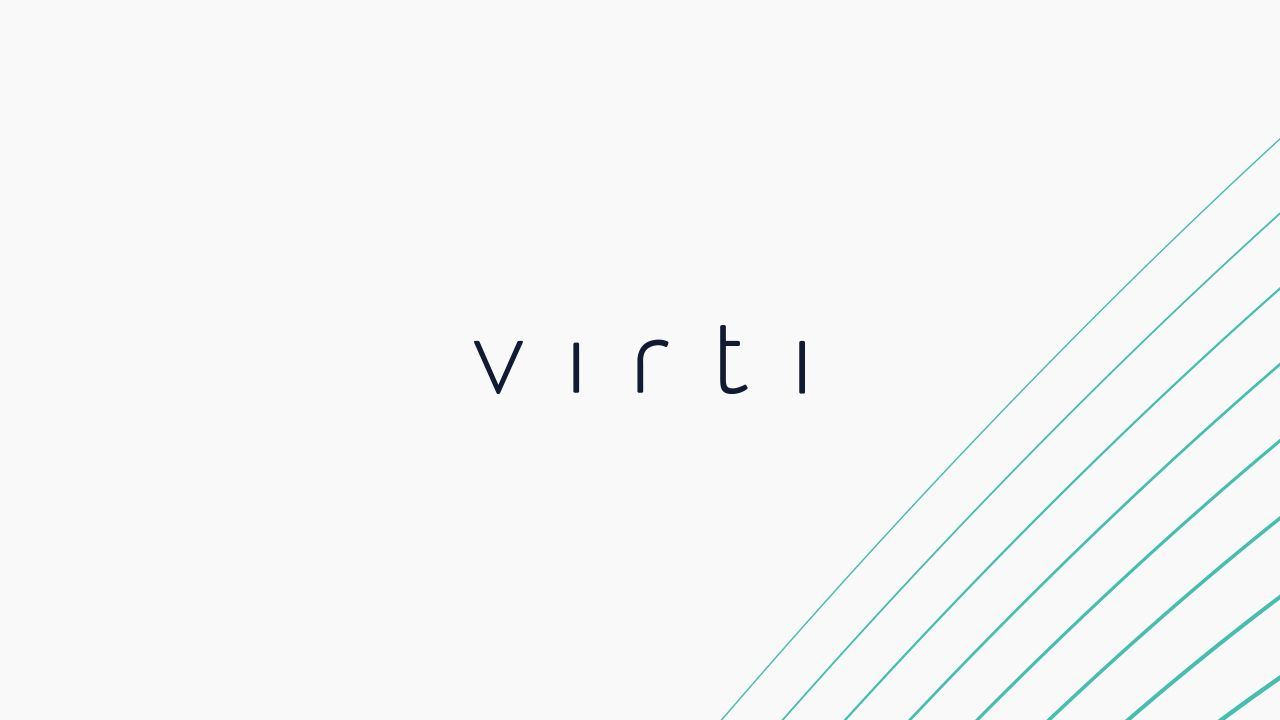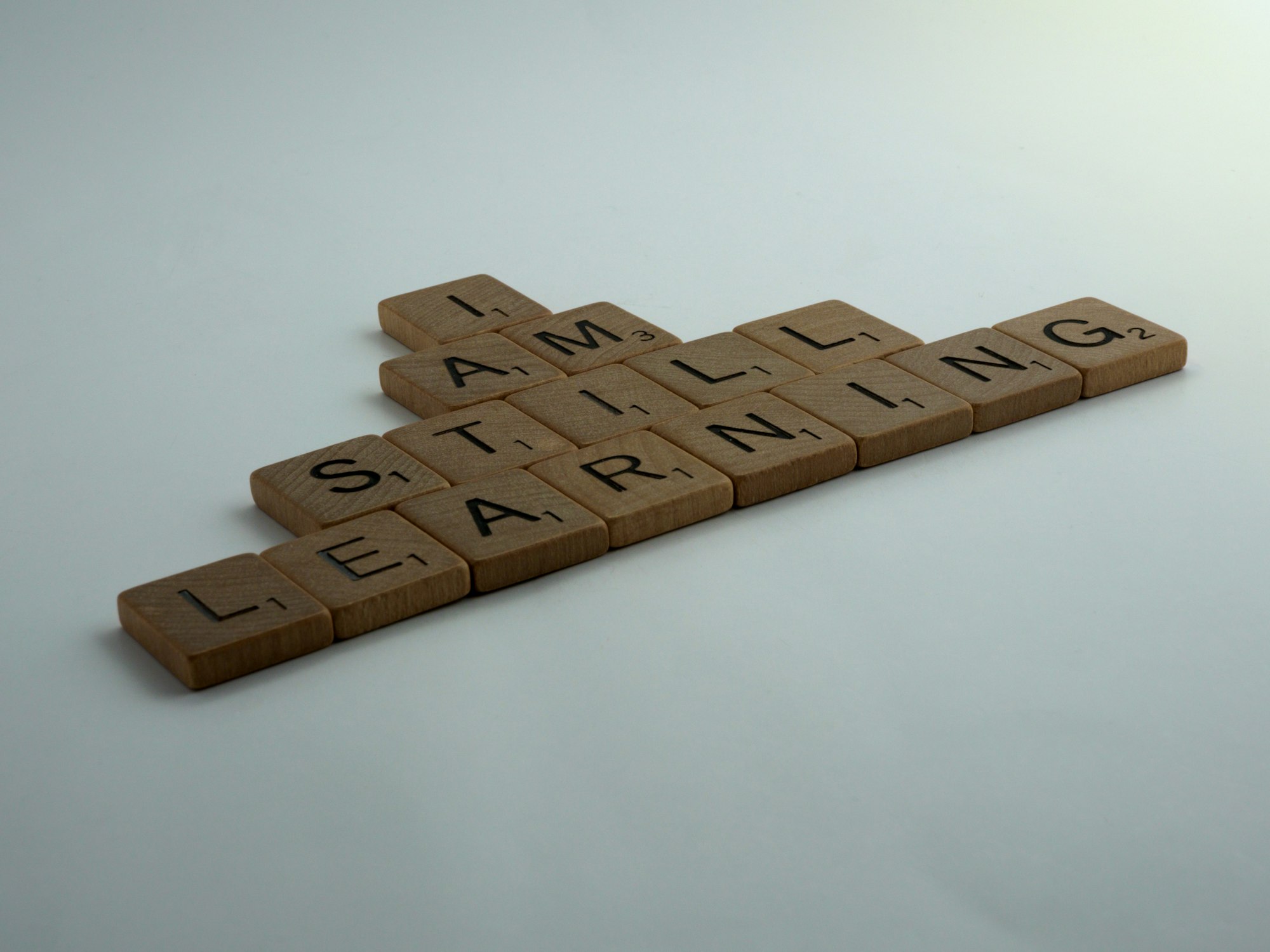How the power of XR technology is transforming medical device training 👀
Virtual and augmented reality are changing the way medical device training is done. Find out how this innovative technology is benefiting both learners and instructors.

It’s estimated by the World Health Organisation (WHO) that there are more than 2 million different kinds of medical devices in the global market, ranging from surgical instruments to wound care apparatus and diagnostic software. Without them, modern medical practice as we know it would be impossible.
However, today, the rate of innovation in the industry is increasing in parallel with the complexity of the new devices. As a result, Healthcare Professionals (HCPs) require regular training and upskilling in order to become competent in the use of new technologies and whilst remaining compliant with industry regulations.
So, to keep pace with the dynamic healthcare ecosystem and the corresponding experiential training need, device manufacturers and healthcare settings are turning to new virtual and augmented reality (VR/AR) tools.
These tools enable HCPs to immerse themselves in virtual scenarios, in which they can interact with the devices and practice how to use them in a zero-risk environment. The content is accessible via an online cloud platform, and can be engaged with using a headset, a smartphone, tablet or desktop computer.
Sales professionals or device reps can either integrate the virtual content with traditional in-person instruction, or add narration and textual instructions into the virtual content. As a result, advocates of VR and AR training technologies maintain that they have revolutionized the field of simulation training by virtue of being more accessible, effective and affordable. Data backs this up, with studies finding that interactive content drives engagement by up to 81%.
In the aviation industry, the use of immersive AR and VR training and simulations for pilots and cabin crew has contributed to a remarkable increase in flight safety. In the medical device training space, recent advances in training technology are offering similar leaps forward, but across multiple domains. We have identified three specific areas of transformation which we explore in more detail below.

Overcome barriers to training
In-person device training requires a device rep to travel to a physical location, manually demonstrate the device and teach a group of HCPs how to correctly operate it. This is expensive, logistically challenging and time consuming, and therefore barriers often hinder the delivery of up-to-date device training to HCPs.
However, when in-person training is replaced by bespoke VR or AR training, HCPs can participate at a convenient time and location without an instructor needing to be present. This means that they are empowered to take control of their own schedules and skill development.
What’s more, when device manufacturers invest in creating bespoke training content, they can be sure that all of their customers receive consistent, standardised demonstration and instruction. The scalability of virtual reality training guarantees a solid ROI for manufacturers and healthcare providers who make the investment. This industry-leading approach to training also provides device manufactures with a unique, value-added service to its customers, helping to differentiate from competitors.

Virti is the only all-in-one platform that can optimise the entire remote learner's journey.
If you've read this far, you're clearly interested in how innovative new tech can change the way your employees interact with learning.
Our award-winning learning platform empowers organisations like yours to create digital learning experiences that feel like real life.
Active engagement leads to rapid skill acquisition
Research amongst medical students has proven that the type of ‘active learning’ which VR/AR training provides is many times more effective than traditional face-to-face or online learning.
Because the learners can make decisions within the simulation, answering questions and devaluating situations as well as manipulating a virtual device, the knowledge which they gain is embedded more securely into their long-term memory.
This has two consequences - firstly, trainees need to spend less time under instruction before they are ready to use the devices with real patients, and secondly, the trainees need to repeat or refresh their training more infrequently. Again, this saves time and money for everyone involved.
Multi-participant training is also possible on immersive learning platforms, enabling complex procedures involving multiple medical devices to be rehearsed in unison. Additionally, necessary in-person instruction can seamlessly be combined with AR or VR technology for a combined training experience and even appeal to the competitive nature of those that often work in the field of medical device sales.
When quality-controlled training is delivered across the board and trainees are provided with timely feedback from the software’s inbuilt AI, learners are rewarded with tangible performance improvements which they are immediately able to deploy.

Confidence boost for HCPs
Finally, it’s important to highlight the confidence-enhancing capacity of VR/AR training. If an HCP has had access to device training which is both infinitely repeatable and zero-risk, this will lead to high levels of confidence and capability when it comes to deploying the device to treat a real patient. In turn, this lowers risk of medical error and significantly decreases levels of stress for the HCP.
On-the-job pressure can be high for medics, so finding ways to alleviate this is important both for patient safety and to prevent clinician burnout.
--
As would be expected in this era of social distancing and travel restrictions, remote training is currently used more widely and relied upon to a greater extent than ever before. But although the pandemic won’t last forever, many organisations have been inspired to permanently integrate remote, virtual training into their day-to-day operations.
In the US, UK and across Europe, medical device manufacturers are enthusiastically rolling out high-quality VR and AR device training to their clients. This is because, in addition to the many strengths discussed above, when training is made easy and effective for HCPs they are less likely to encounter problems when using the device. As a result, customer satisfaction rates for device manufacturers improve, and they can focus on generating new sales leads rather than upskilling existing customers.
It’s hard to argue with the trend: AR and VR technology is transforming medical device training, and the revolution has only just begun. Over the next decade, HCPs and device manufacturers can expect to see the landscape change beyond recognition, spurred by the incredible innovation in the sector, the impactful new technology, and a shared readiness to explore new possibilities.



